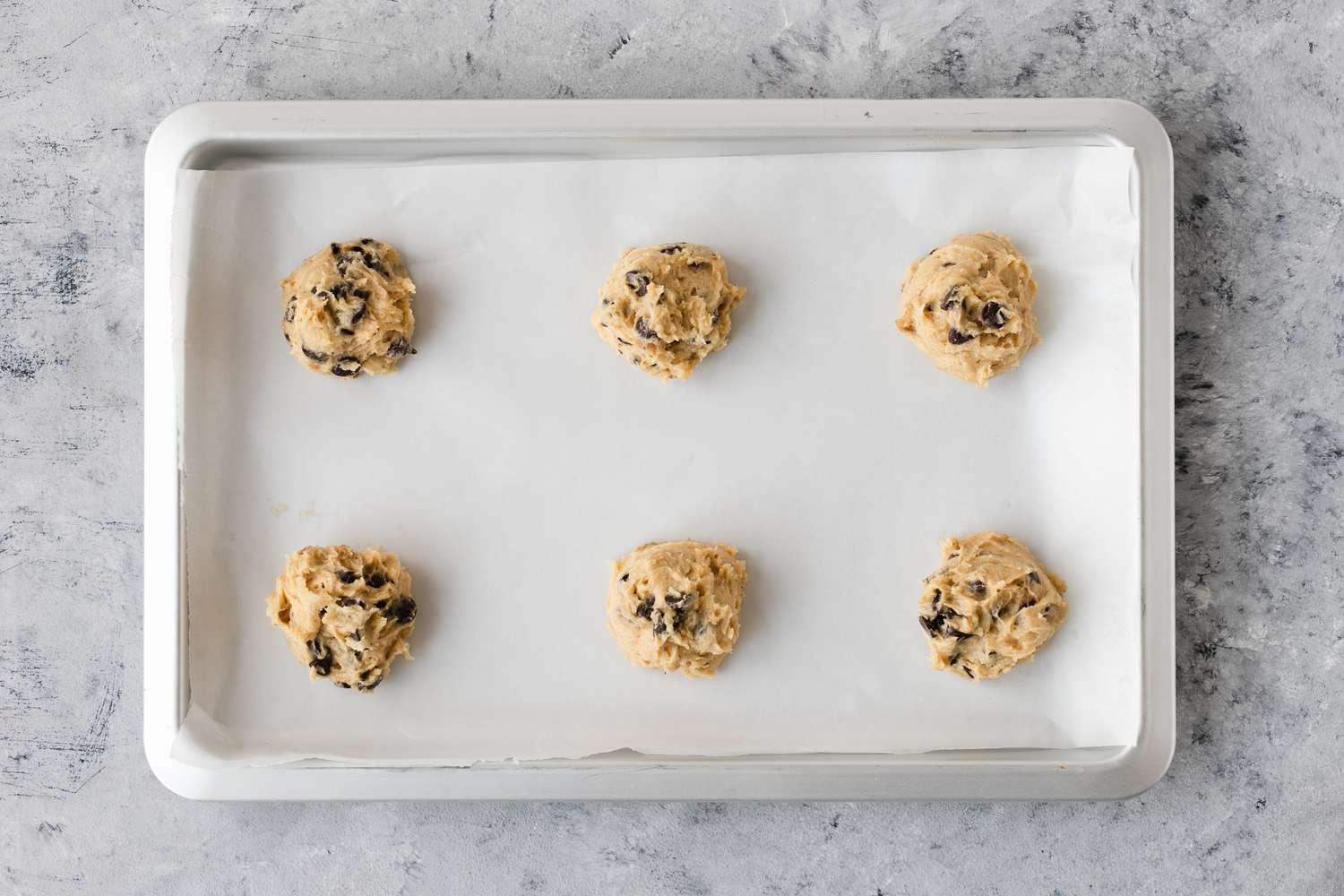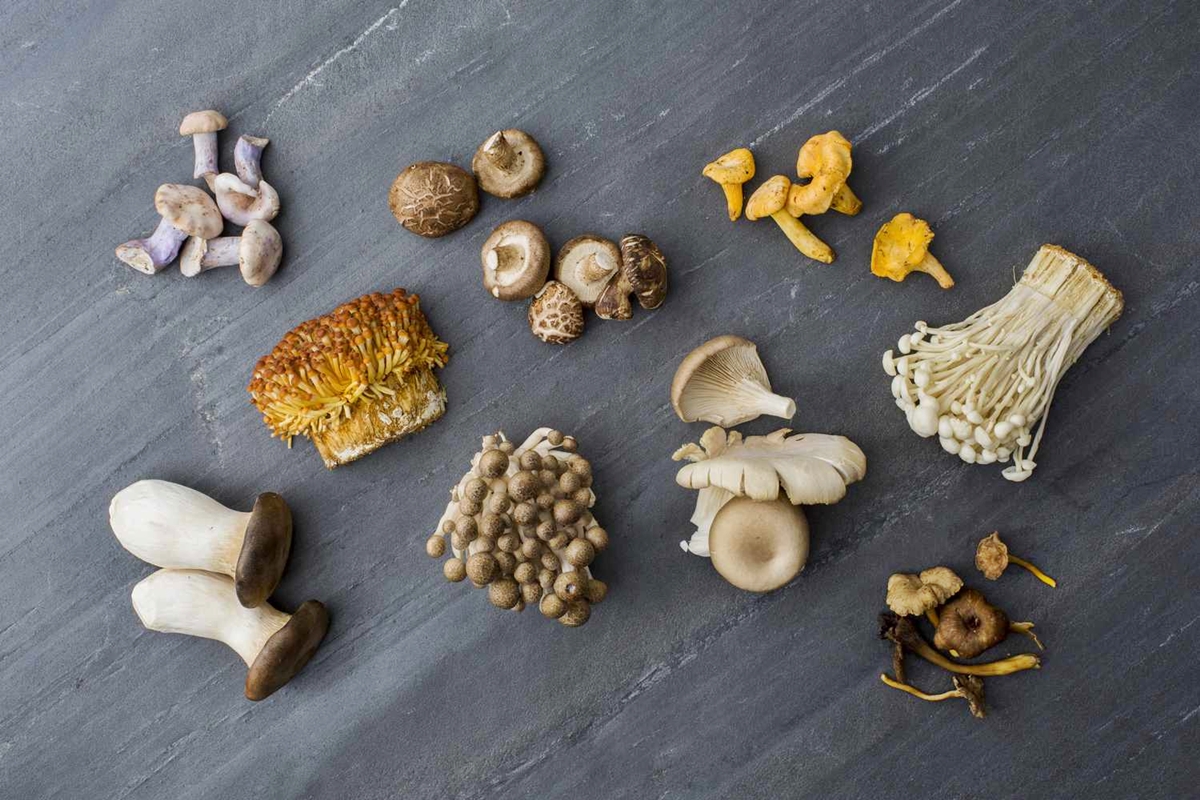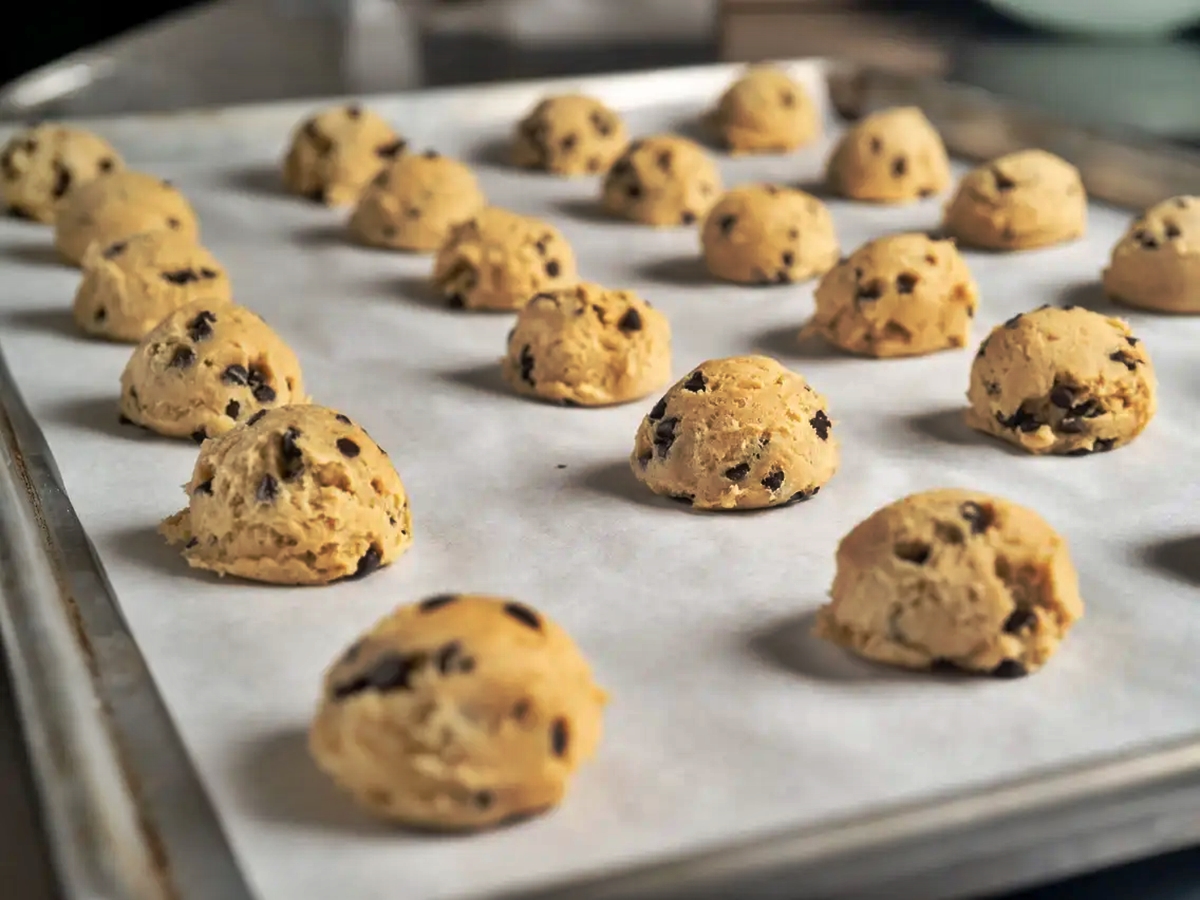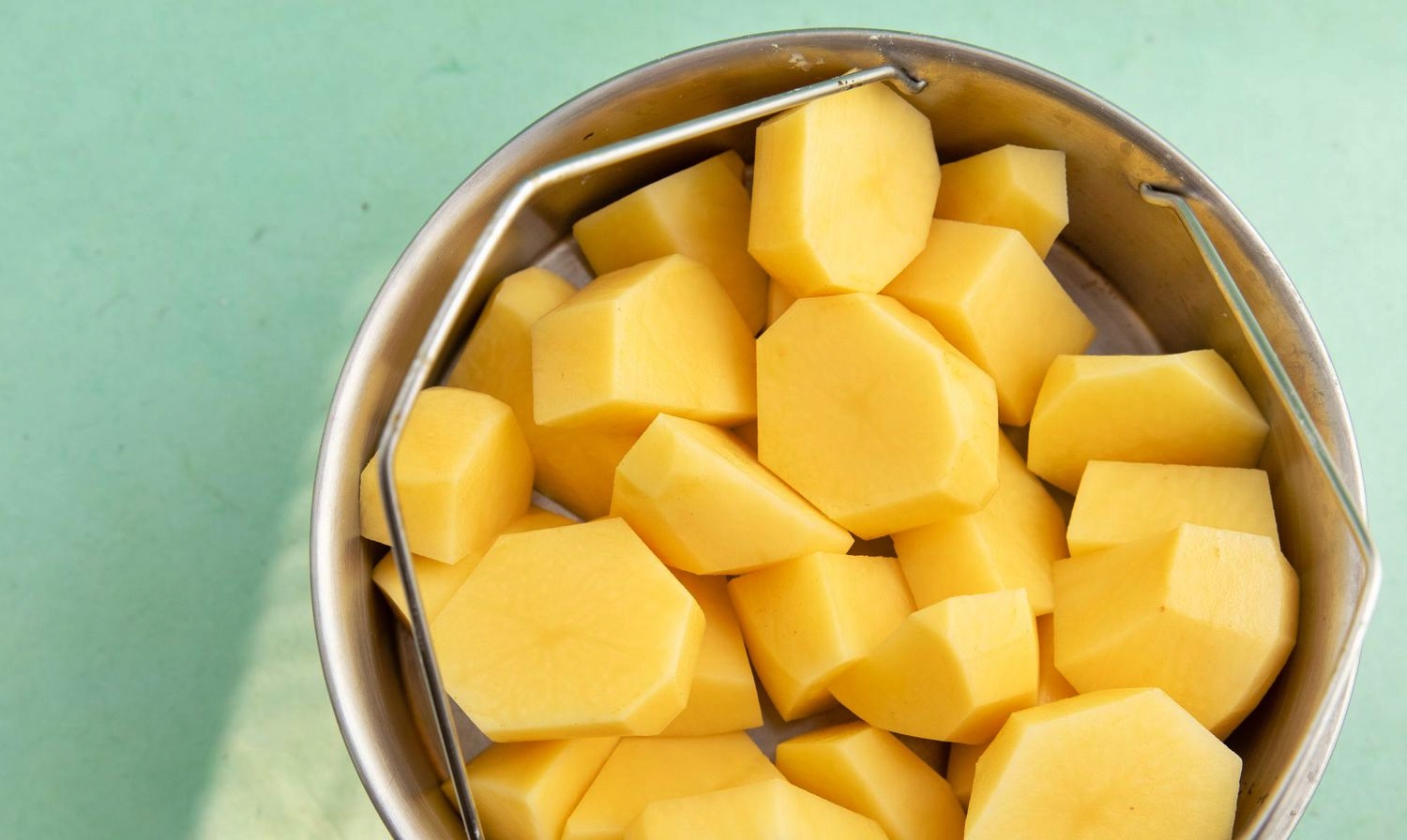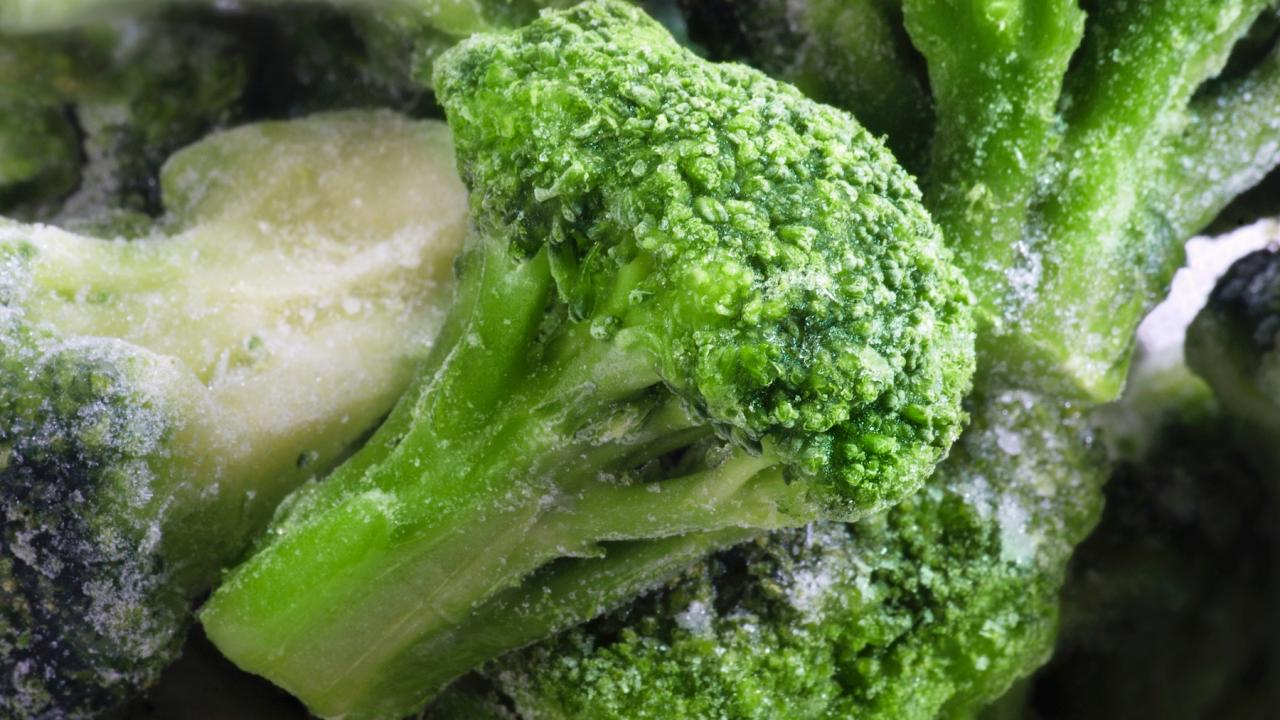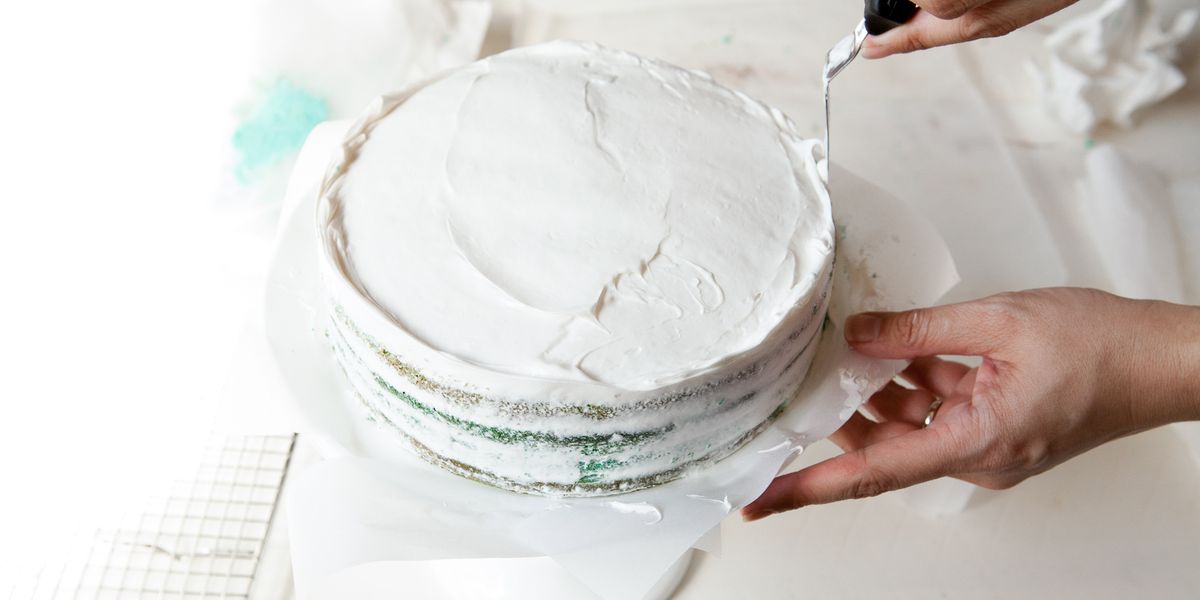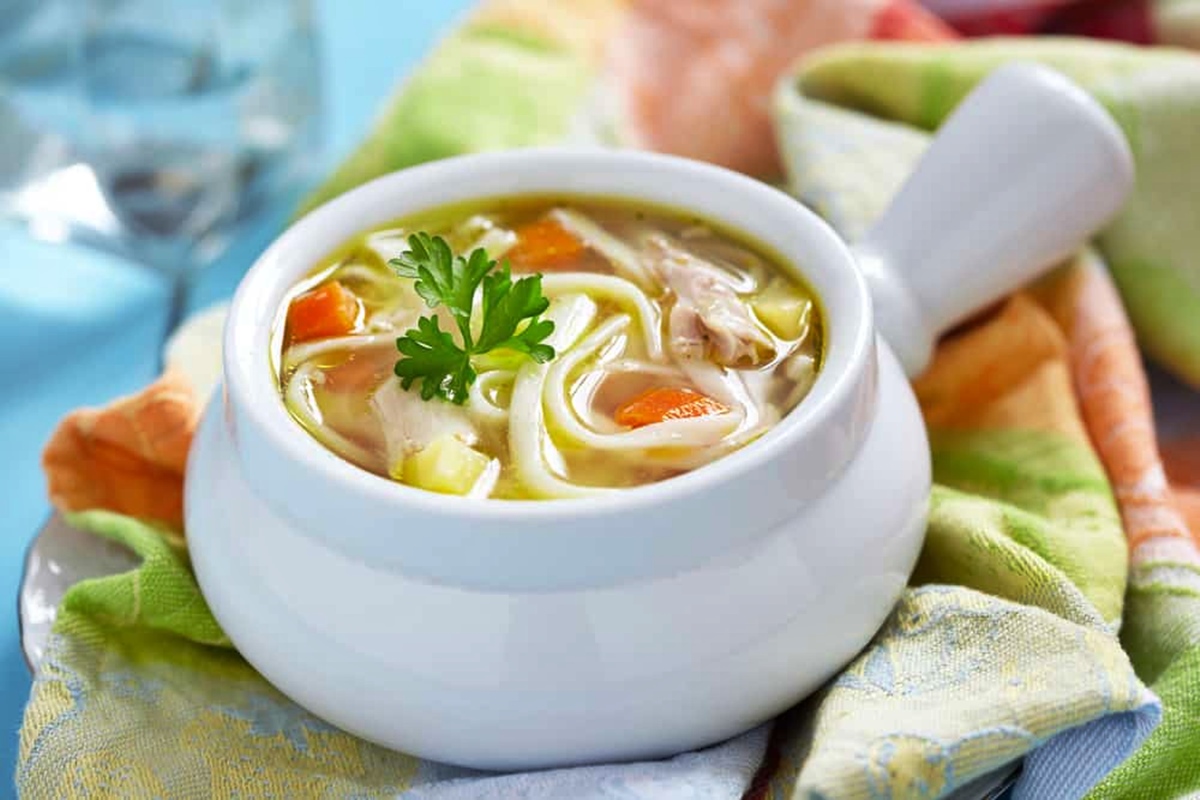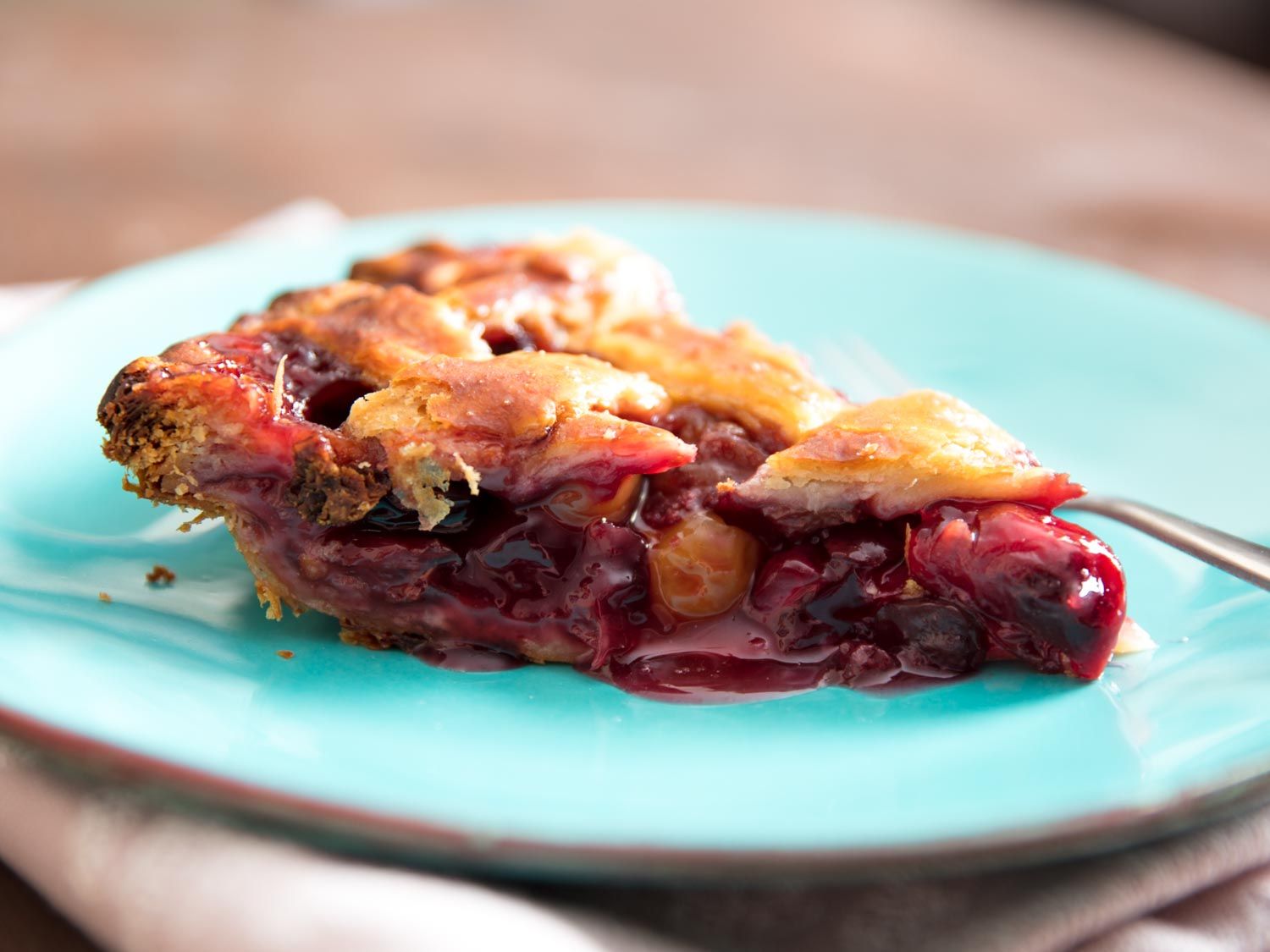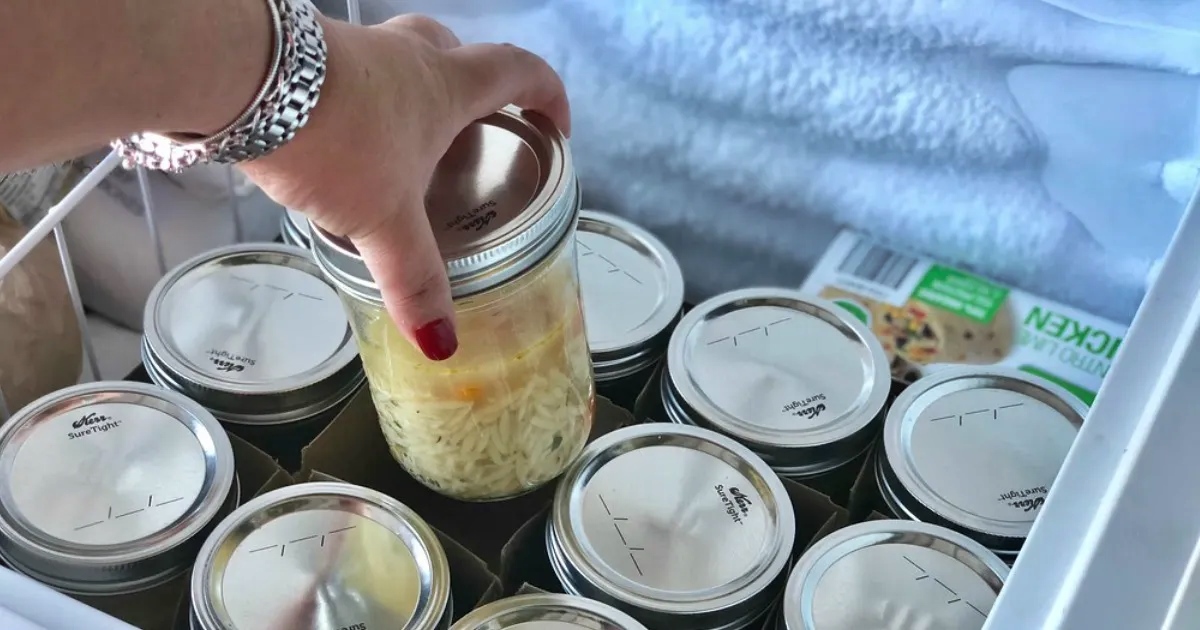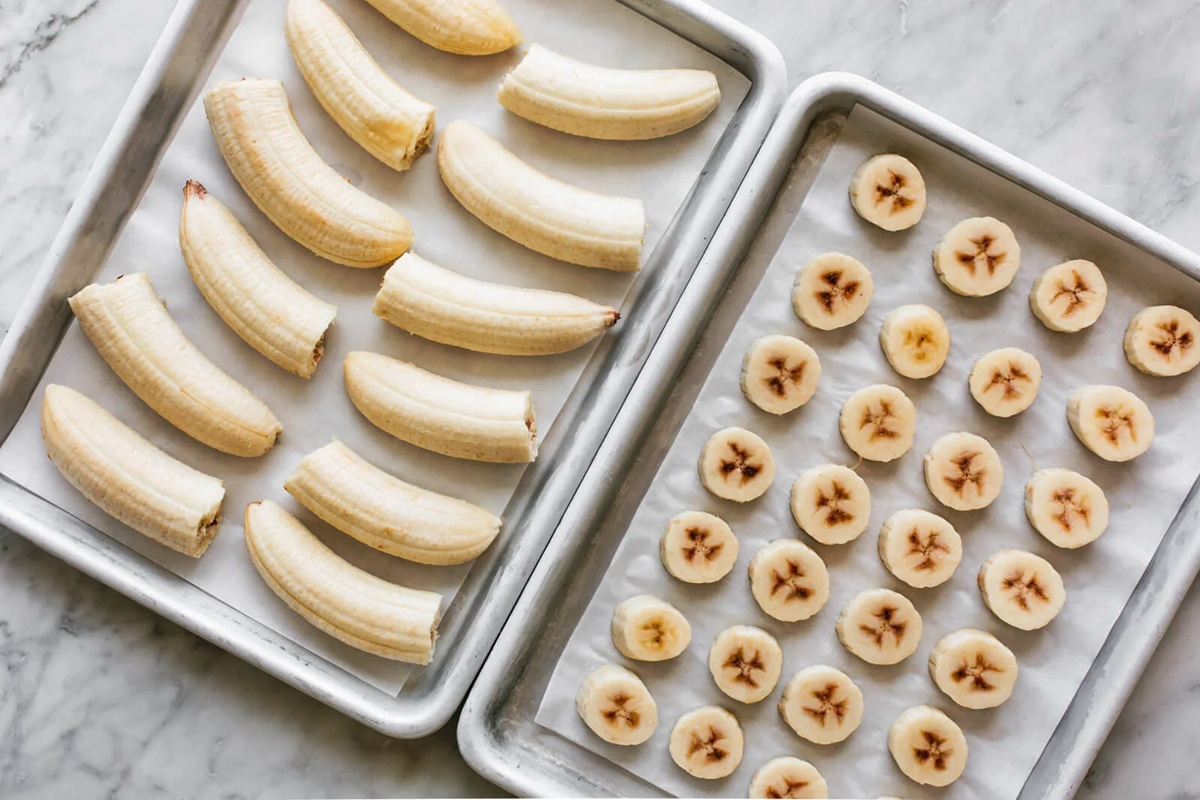How To Best Freeze Soup
There’s nothing quite like a warm bowl of soup on a cold winter day. Whether you’ve made a big batch of homemade soup or have some leftovers from dinner, freezing soup is a great way to make it last longer and have tasty meals ready to go whenever you need them. However, if not done properly, frozen soup can lose its flavor and texture. In this article, we’ll share some helpful tips on how to best freeze soup to maintain its deliciousness.
Choose the Right Containers
When it comes to freezing soup, choosing the right containers is essential. Look for containers that are specifically made for freezing food, such as plastic containers or freezer-safe bags. Avoid using glass containers as they may crack or shatter in the freezer. Make sure the containers you choose have tight-fitting lids to prevent freezer burn and keep the soup fresh.
Cool the Soup Properly
Before you start freezing your soup, it’s important to let it cool down properly. A good rule of thumb is to let the soup cool at room temperature for about 30 minutes. After that, you can transfer it to the refrigerator to continue cooling until it reaches a safe temperature. It’s crucial to avoid putting hot soup directly in the freezer, as it can raise the temperature inside and affect the quality of other frozen foods.
Label and Date the Containers
When you’re dealing with frozen soup, organization is key. Be sure to label each container with the type of soup and the date it was made. This will help you keep track of what’s in your freezer and ensure that you use the oldest soups first. Use a permanent marker or labels that are designed to withstand freezer temperatures.
Use Small Portion Sizes
Instead of freezing a large batch of soup in one container, consider dividing it into smaller portion sizes. This will make it easier to thaw only what you need and avoid wasting any of the precious soup. You can use individual freezer-safe containers or even ice cube trays for smaller portions. Once the soup is frozen, remove the portions from the trays and store them in a larger container or freezer bag.
Protect Against Freezer Burn
Freezer burn can negatively impact the taste and texture of your frozen soup. To protect against it, ensure there is minimal air inside the containers. Fill each container almost to the top, leaving just enough room for expansion as the soup freezes. You can also cover the surface of the soup with a layer of plastic wrap before sealing the container to create a barrier against air exposure.
Thaw and Reheat Properly
When you’re ready to enjoy your frozen soup, there are a few important steps to follow for proper thawing and reheating. Remove the container from the freezer and let it thaw in the refrigerator overnight. Alternatively, you can place the container in a bowl of cold water to speed up the thawing process. Once thawed, transfer the soup to a saucepan and heat it slowly over medium-low heat, stirring occasionally until it reaches a simmer.
Now that you know how to best freeze soup, you can enjoy your favorite homemade soups anytime, without worrying about wasting leftovers. With proper containers, cooling techniques, portion sizes, and thawing methods, your frozen soup will retain its delicious flavors and textures. So go ahead, make a big batch of soup and freeze it with confidence!
Freezing soup is a game-changer for meal prep, and there are several recipes you can try to put this skill to the test. For a comforting and classic choice, the Classic Chicken Noodle Soup Recipe is perfect. If you're in the mood for something rich and creamy, the Creamy Tomato Basil Soup Recipe and Creamy Broccoli Cheddar Soup Recipe are fantastic options. Need something hearty? The Hearty Beef and Vegetable Stew Recipe and Loaded Potato Soup Recipe won't disappoint. For those who love a bit of spice, the Chicken Tortilla Soup Recipe and Spicy Butternut Squash Soup Recipe are must-tries. These recipes not only taste great but also freeze well, making your future meals both convenient and delicious.
Was this page helpful?
Read Next: How To Freeze Homemade Chicken Noodle Soup

